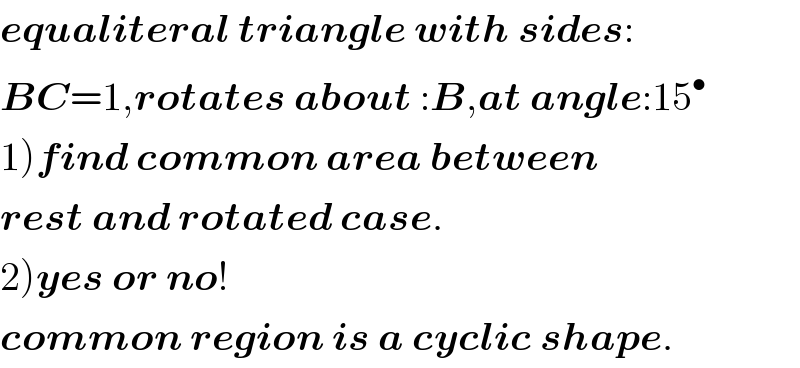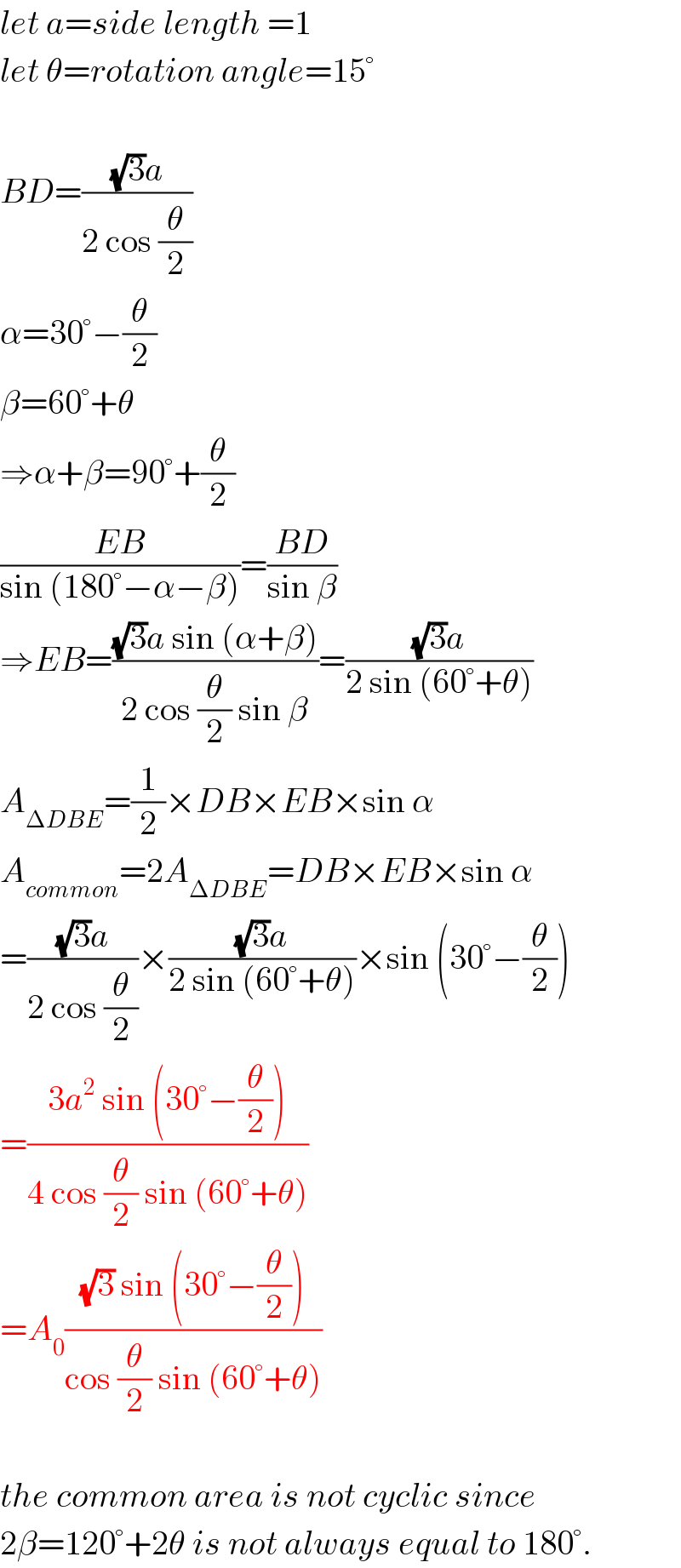
Question and Answers Forum
Question Number 39303 by behi83417@gmail.com last updated on 05/Jul/18

Commented by behi83417@gmail.com last updated on 05/Jul/18

Answered by MrW3 last updated on 05/Jul/18

Commented by MrW3 last updated on 05/Jul/18

| ||
Question and Answers Forum | ||
Question Number 39303 by behi83417@gmail.com last updated on 05/Jul/18 | ||
 | ||
Commented by behi83417@gmail.com last updated on 05/Jul/18 | ||
 | ||
Answered by MrW3 last updated on 05/Jul/18 | ||
 | ||
Commented by MrW3 last updated on 05/Jul/18 | ||
 | ||